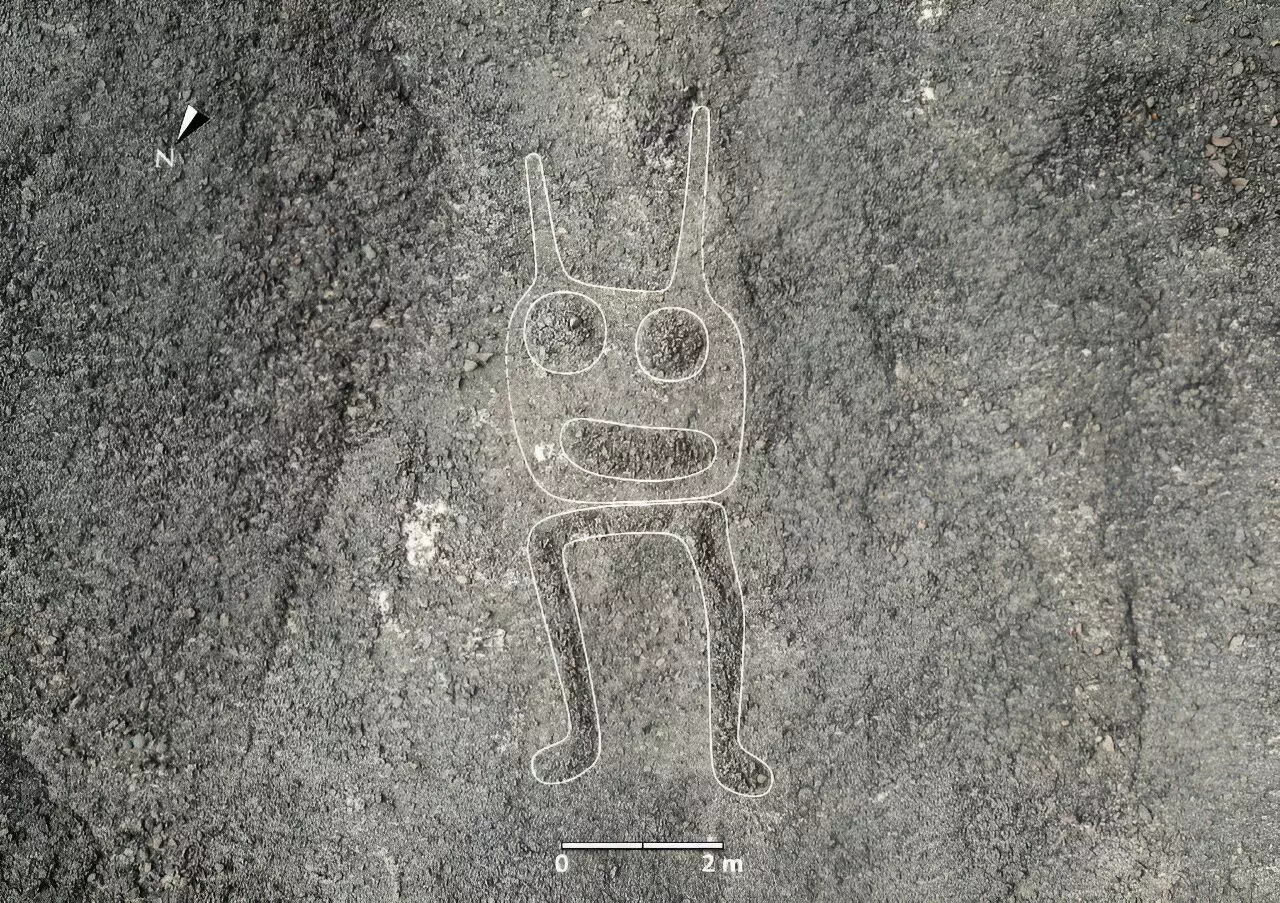The Nazca Desert in Peru is home to the legendary Nazca Lines, an extraordinary collection of geoglyphs that have mystified researchers for nearly a century. Dating back approximately 2,000 years, these monumental incisions in the earth depict a variety of forms, including animals, plants, and geometric shapes. Viewed in their full glory from the sky, the lines stretch across the arid landscape, providing a striking visual feast that remains one of Peru’s most cherished tourist attractions. Despite their fame, many aspects of these ancient artworks continue to elude understanding, particularly the motivations behind their creation by a civilization that thrived long before the Inca Empire.
In a remarkable intersection of technology and archaeology, Japanese scientists have significantly expanded our understanding of these ancient geoglyphs. Recent advancements in artificial intelligence (AI) have led to the discovery of an astounding 303 new etchings, effectively doubling the previously known count of these historical artifacts. Archaeologist Masato Sakai, representing Yamagata University and the collaborative Nazca Institute, highlighted this achievement. He noted the major benefit of utilizing AI technology, which enabled researchers to efficiently map and analyze the vast desert landscape, a task that traditional techniques struggled to accomplish in both speed and accuracy.
The breakthrough was made possible by a partnership between the academic community and IBM’s research division. By leveraging AI algorithms to sift through extensive geospatial data captured by aircraft, the researchers could identify potential locations of undiscovered geoglyphs with unprecedented precision. This technology was especially effective at revealing smaller geoglyphs that might otherwise go unnoticed by the human eye. The findings, which were published in the Proceedings of the National Academy of Sciences (PNAS), illustrate the profound impact of modern technology on historical studies, allowing for faster and more comprehensive discoveries even in regions that are already well-explored.
The Nazca civilization, which flourished in southwestern Peru from around 200 BC to 700 AD, is shrouded in mystery. The reasons behind the creation of the Nazca Lines remain largely speculative, with theories suggesting they may have had astrological or ritual significance. With the new geoglyphs discovered, the intrigue deepens, prompting renewed discussions about their purposes and meanings. The historical and cultural context of these geoglyphs serves as a poignant reminder of humanity’s enduring desire to leave a mark on the world and communicate across centuries.
As we stand at the crossroads of history and technology, the discoveries made in the Nazca Desert serve as a powerful testament to the potential of AI in uncovering the secrets of the past. The remarkable results of this research not only illuminate previously hidden aspects of the Nazca civilization but also open new avenues for archaeological inquiry. As more researchers embrace technological innovations, the potential to reshape our understanding of ancient cultures and their legacies becomes limitless, ensuring that the wonders of our human history continue to captivate future generations.


Leave a Reply